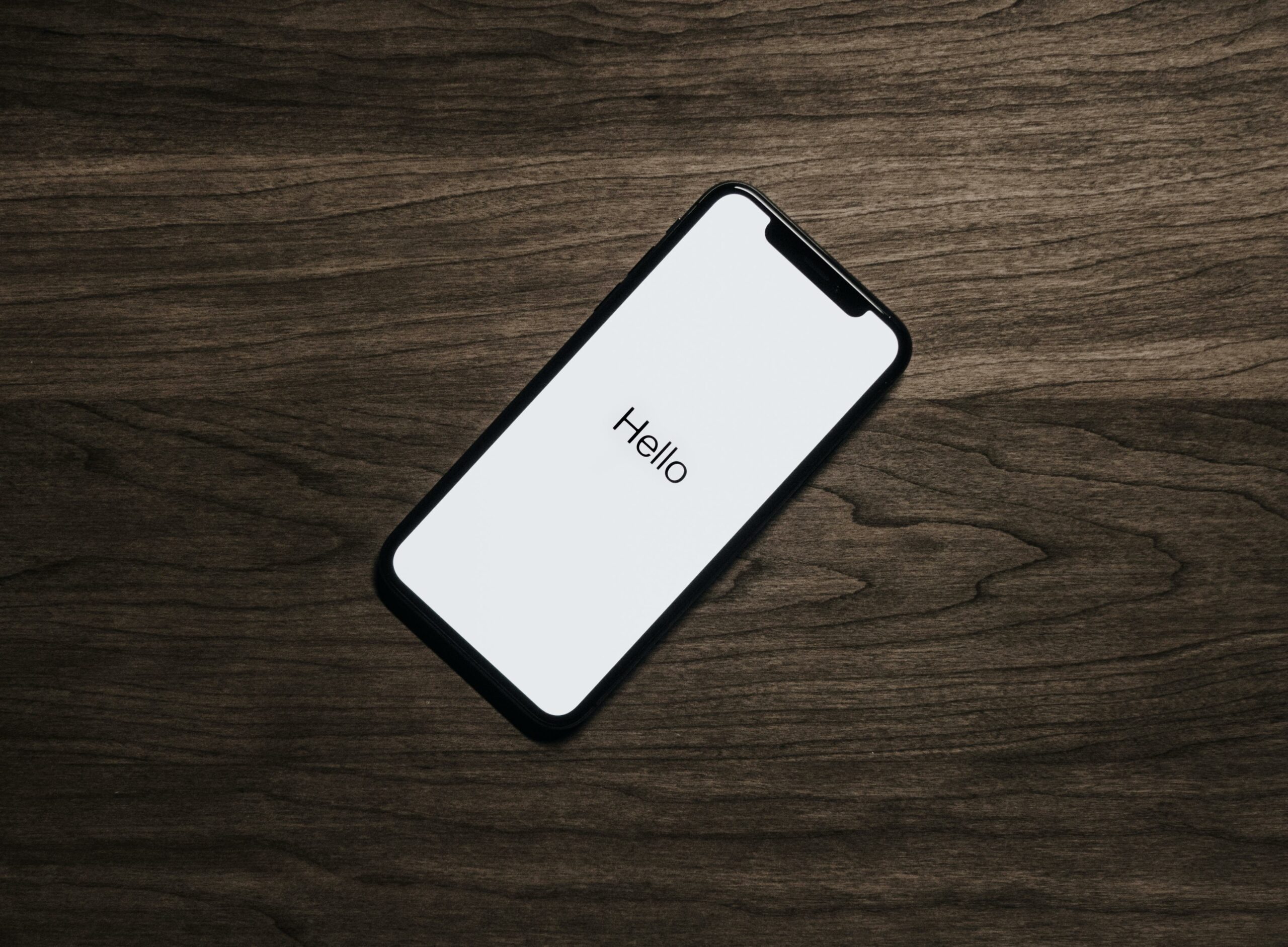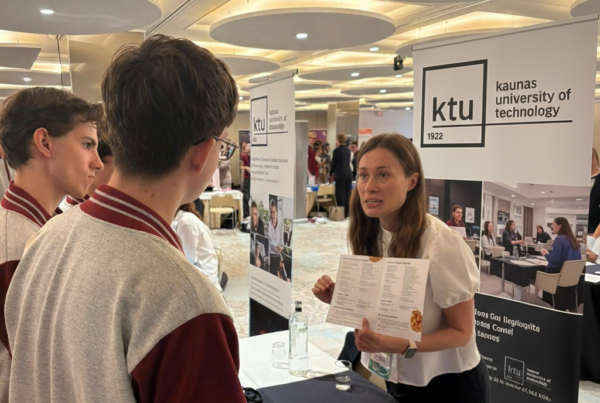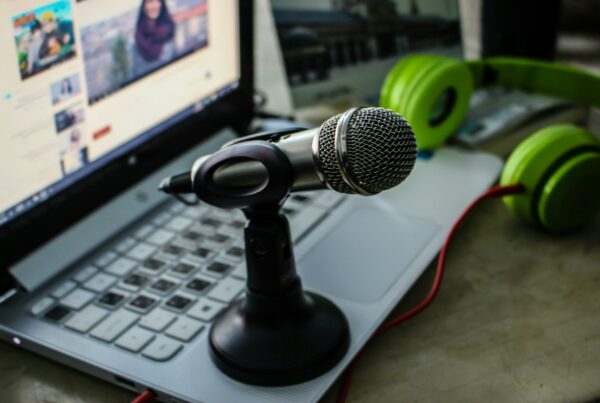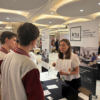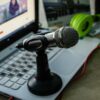1. Introduction to Event Lead Capture
Digitalization in Event Lead Capture
Corporate events, trade shows, and conferences represent unique opportunities to establish valuable business connections. However, the traditional method of exchanging business cards and paper forms is becoming obsolete in the face of new digital technologies that offer greater efficiency and precision in lead capture.
Digital transformation has revolutionized the way exhibitors and participants interact during events. Mobile applications specialized in lead capture have emerged as fundamental tools that allow complete digitalization of these interactions, ensuring that no business opportunity is lost in the process.
Why Use Applications for Data Collection?
The use of mobile applications for lead capture offers significant advantages over traditional methods. These tools eliminate the possibility of losing valuable information, reduce transcription errors, and provide immediate access to collected data. Additionally, they enable more effective and organized follow-up of all contacts established during the event.
The implementation of technologies such as QR codes, NFC (Near Field Communication), and specialized readers has greatly simplified the information exchange process, making it faster, more accurate, and more professional.
2. Types of Applications for Event Lead Capture
QR Code and NFC Scanning Applications
The most advanced applications on the market allow multiple forms of lead capture through scanning technology. Exhibitors can use their mobile devices to scan QR codes printed on participant badges or leverage NFC technology when badges incorporate smart chips.
An innovative feature of these applications is the bidirectional nature of the process: participants can also access their private areas within the platform and scan QR codes located at exhibitor stands, automatically sharing their contact information. This flexibility allows adaptation to different event dynamics and user preferences.

Solutions with Specialized Hardware such as beamers
Beyond traditional mobile applications, there are solutions that integrate specialized hardware such as beamer devices. These readers are directly associated with each exhibitor at the event and enable extremely efficient lead collection.
Participants wearing smart badges, intelligent bracelets, or any type of event wearables with NFC chips simply need to bring their device close to the beamer reader to instantly transfer their data to the corresponding exhibitor. This technology completely eliminates the need for manual forms or physical business card exchange.
Apps with Customizable Forms and CRM Synchronization
The most comprehensive applications offer the possibility to create customized forms that adapt to the specific needs of each exhibitor or event. These forms can include particular fields according to the sector, type of product or service, and specific commercial objectives.
Automatic synchronization with existing CRM (Customer Relationship Management) systems represents a crucial functionality that allows captured leads to integrate seamlessly into the company’s commercial and marketing processes, facilitating post-event follow-up.
Tools with Artificial Intelligence for Data Analysis
The most sophisticated applications incorporate artificial intelligence capabilities that go beyond simple data collection. These tools can analyze behavior patterns, identify higher-quality leads, suggest personalized follow-up strategies, and provide valuable insights about the effectiveness of event participation.
3. Advantages of Using Apps for Lead Capture
Fast and Error-Free Data Registration
The main advantage of lead capture applications is the speed and precision in information registration. QR code scanning or NFC reading takes only seconds, eliminating the long waits associated with manual form filling. Additionally, by transferring data digitally, the possibility of transcription errors or information loss is completely eliminated.
This efficiency allows exhibitors to focus on conversation and relationship building with prospects, instead of dedicating valuable time to administrative tasks.
Automated Lead Follow-up
Modern applications allow the configuration of automated follow-up flows that activate immediately after lead capture. This can include automatic sending of thank-you emails, informational materials, or follow-up meeting invitations, ensuring that contact remains warm while the event experience is still fresh in the prospect’s memory.
Integration with Sales and Marketing Tools
The ability to integrate with existing sales and marketing ecosystems represents significant added value. Captured leads can automatically flow to email marketing platforms, CRM systems, marketing automation tools, and commercial databases, creating an efficient pipeline from capture to conversion.
Immediate Access to Interaction Data
Both exhibitors and visitors can immediately access their interaction data through personalized private areas. This transparency and immediate access improves user experience and facilitates post-event follow-up, allowing both parties to review and organize their contacts efficiently.
4. Comparison of the Best Lead Capture Applications
Pros and Cons of the Most Used Platforms
When evaluating different options available in the market, it’s important to consider various factors such as ease of use, technological capabilities, integration options, and technical support.
Platforms that offer multiple capture methods (QR, NFC, forms) provide greater flexibility but may be more complex to implement. On the other hand, solutions specialized in a single technology tend to be simpler to use but less versatile.
Tools that include specialized hardware such as beamer readers offer a more fluid and professional experience but require a higher initial investment and additional logistical coordination for event installation.
Which to Choose According to Event Type and Commercial Objective
Selecting the appropriate application depends significantly on the type of event, participant profile, and specific commercial objectives. For massive events with high interaction volume, solutions with specialized hardware and NFC reading offer the greatest efficiency.
For smaller or specialized events where interaction quality is more important than quantity, applications with customizable forms and advanced analysis capabilities may be more appropriate.
It’s also essential to consider the technological infrastructure available at the event venue, the technical capabilities of the organizing team, and the budget available for solution implementation.
5. Conclusion and Recommendations
How to Optimize App Usage in Future Events
Successful implementation of lead capture applications requires careful planning that begins well before the event. It’s essential to adequately train the team that will use the tool, conduct prior functionality tests, and establish clear protocols for handling collected data.
Complete digitalization of event interactions not only improves operational efficiency but also provides valuable data for measuring event participation ROI and optimizing future strategies.
To maximize the value of these tools, it’s recommended to select platforms that offer both technological flexibility and ease of use, ensuring that both exhibitors and participants can benefit from a fluid and efficient experience.
Investment in lead capture technology represents a fundamental step toward modernizing event strategies, allowing companies to maximize the commercial opportunities that these networking spaces provide.

